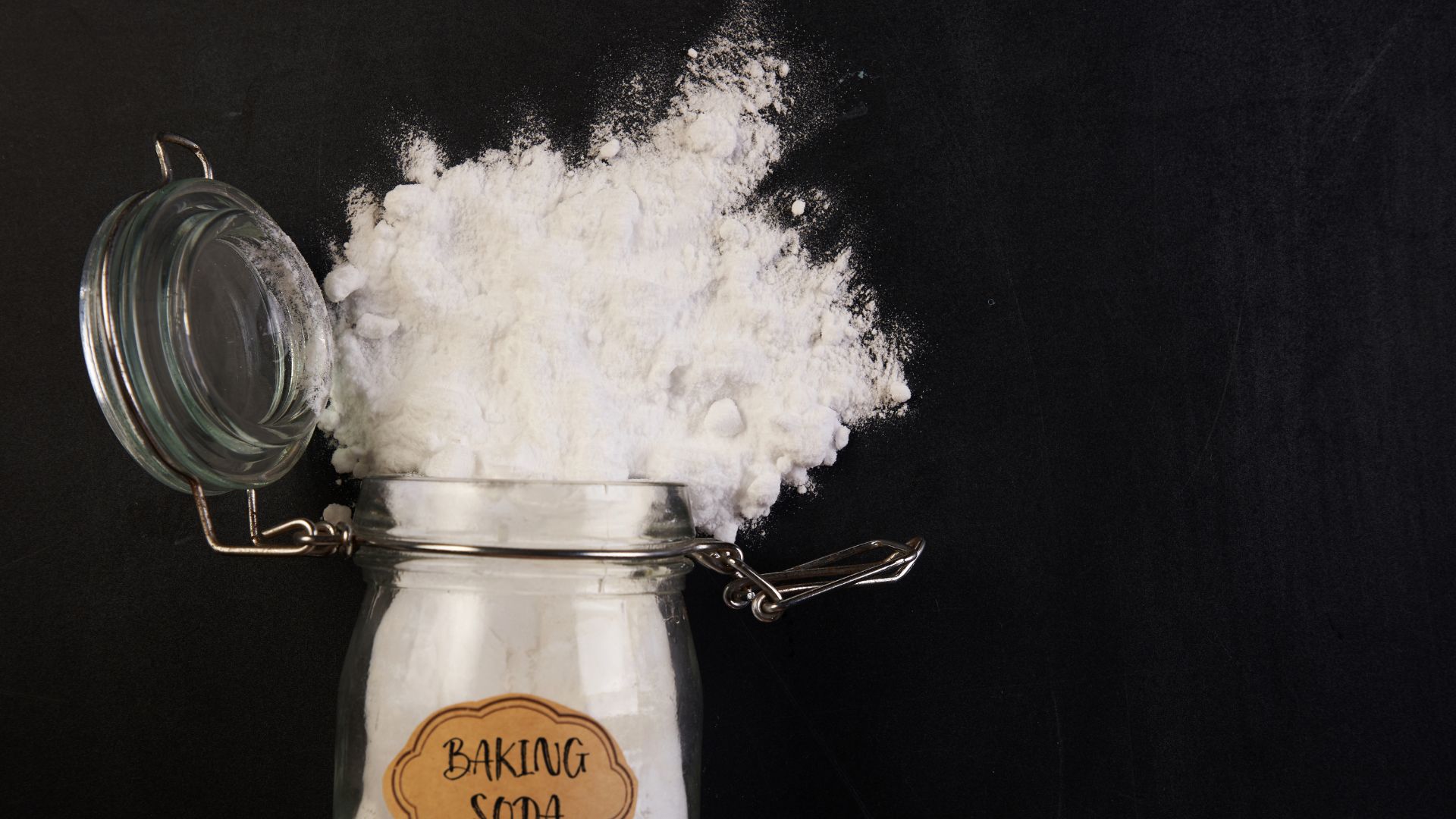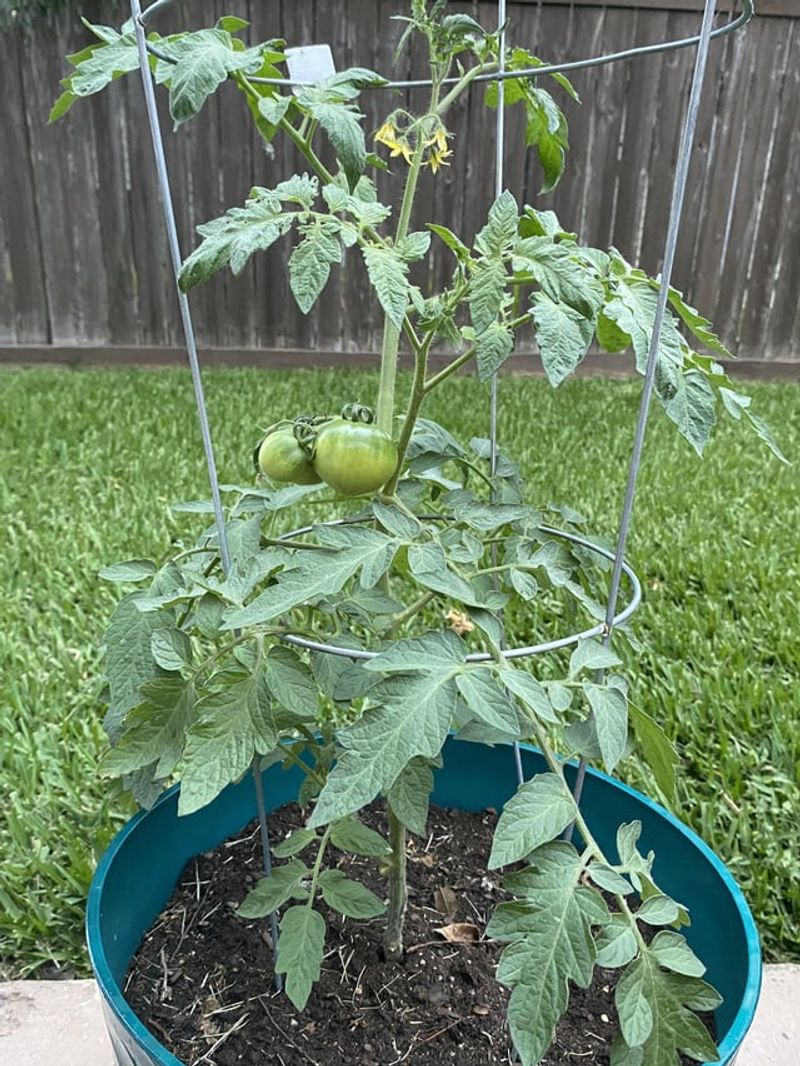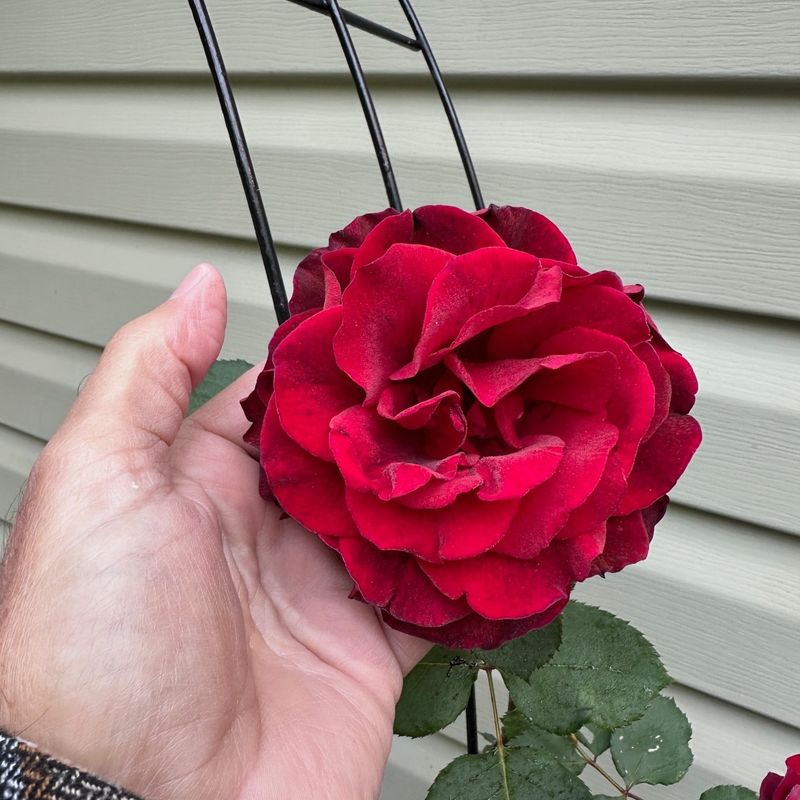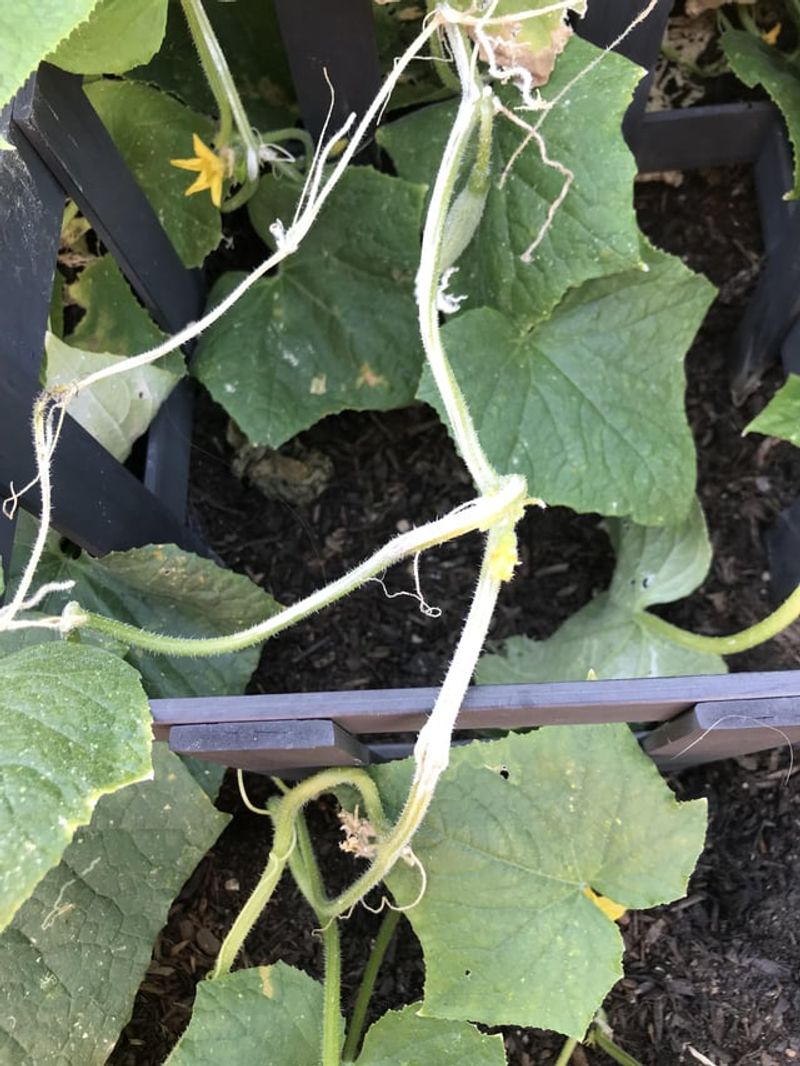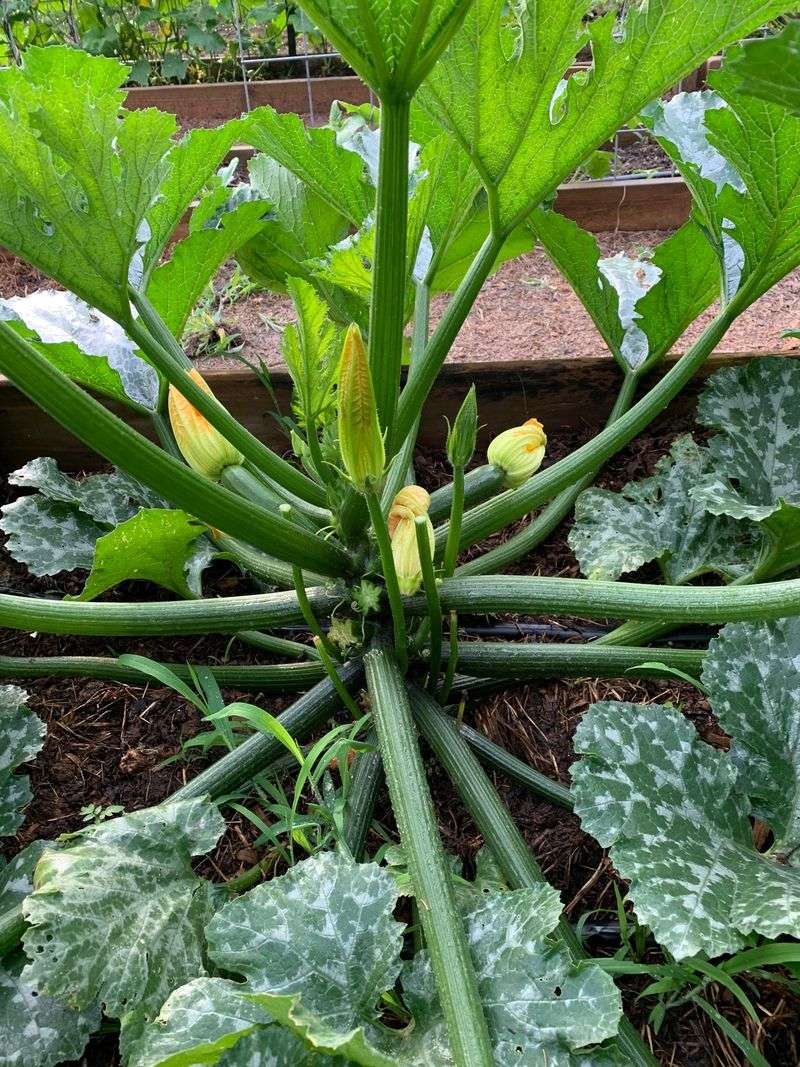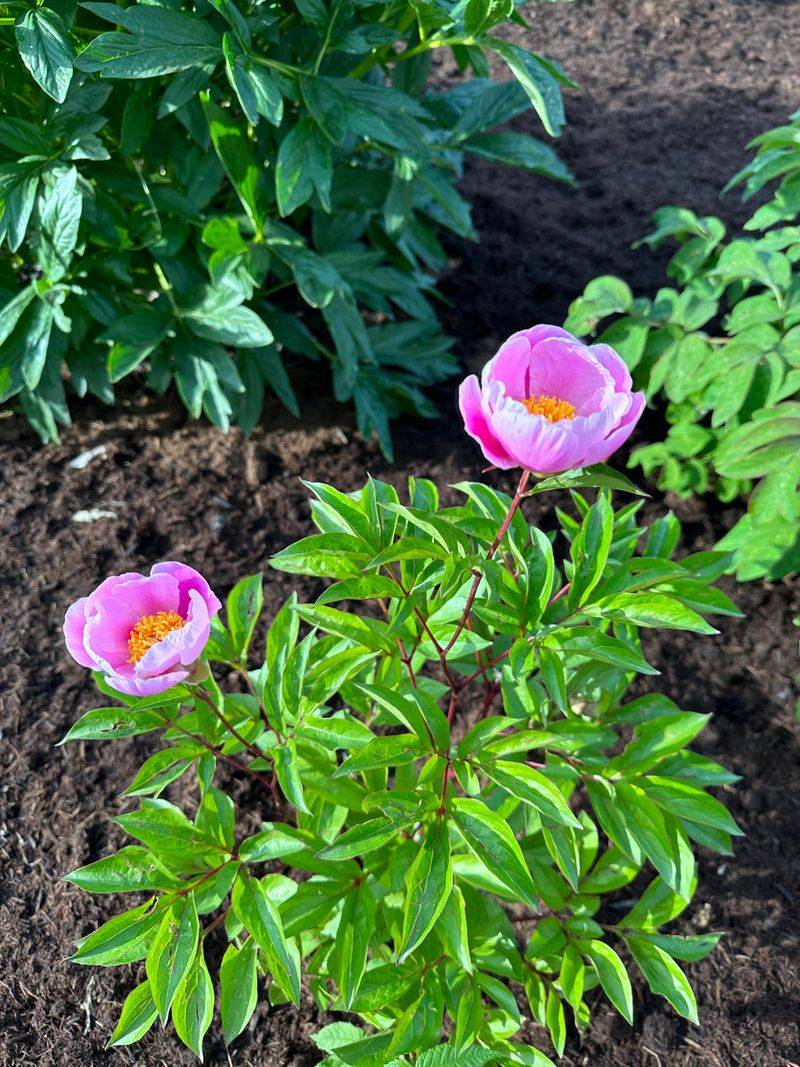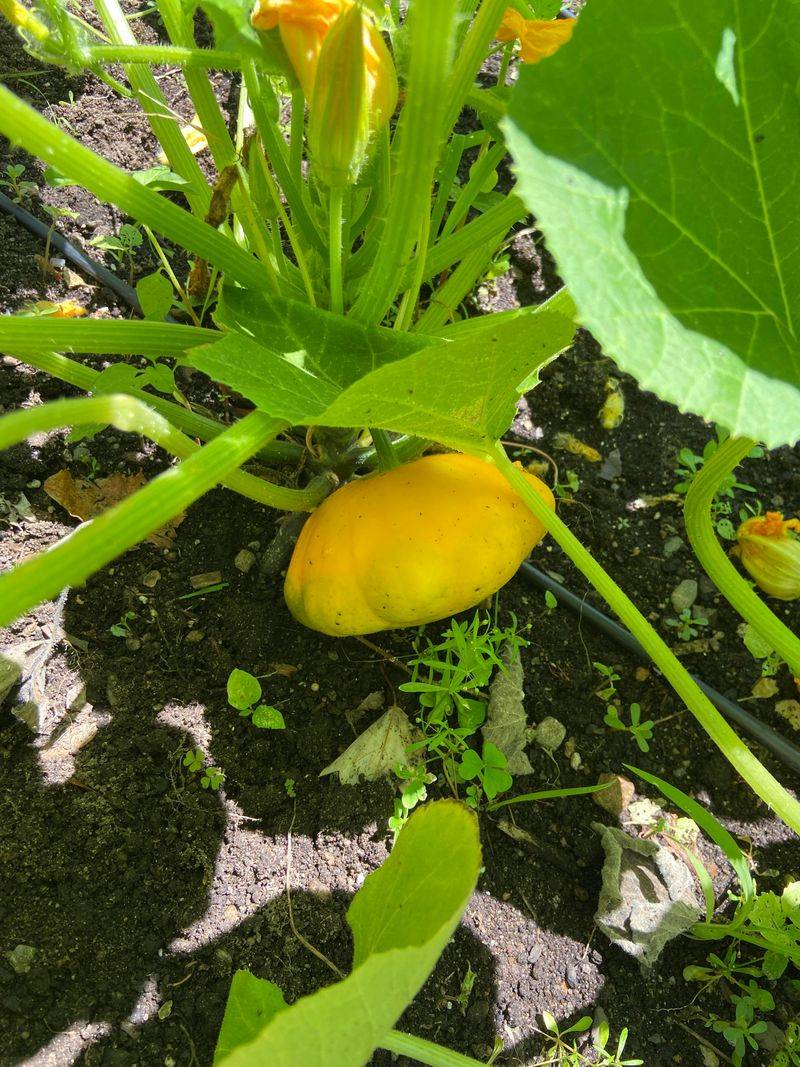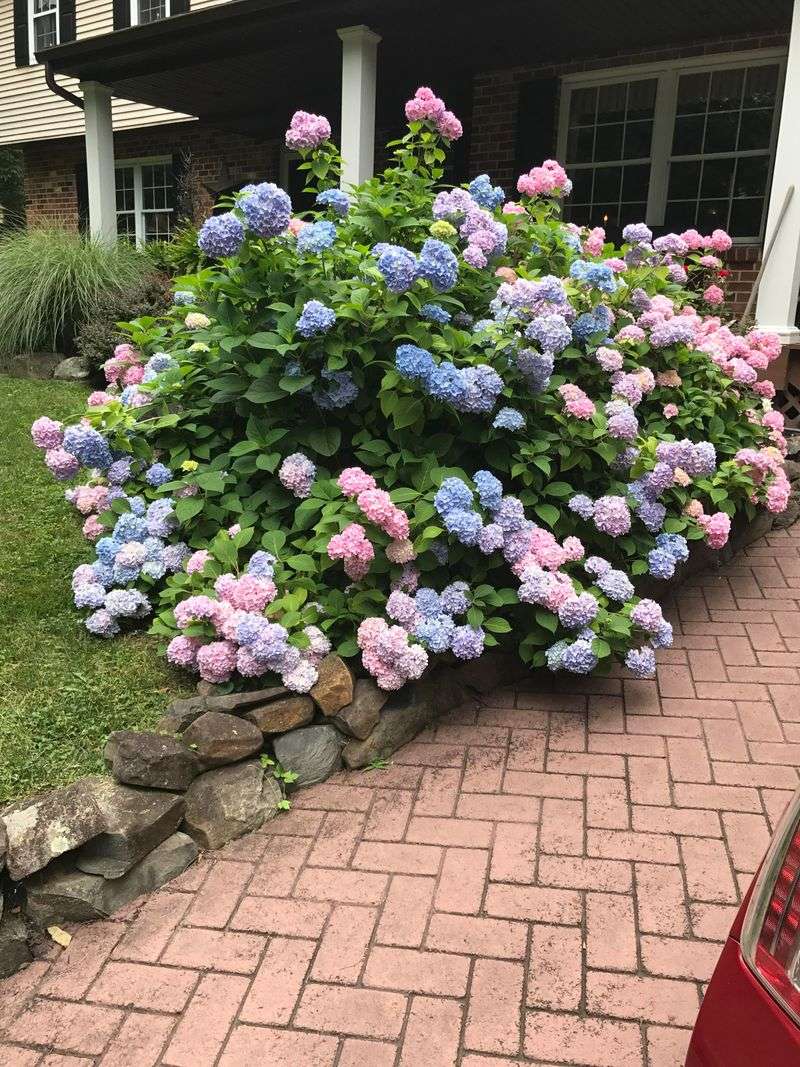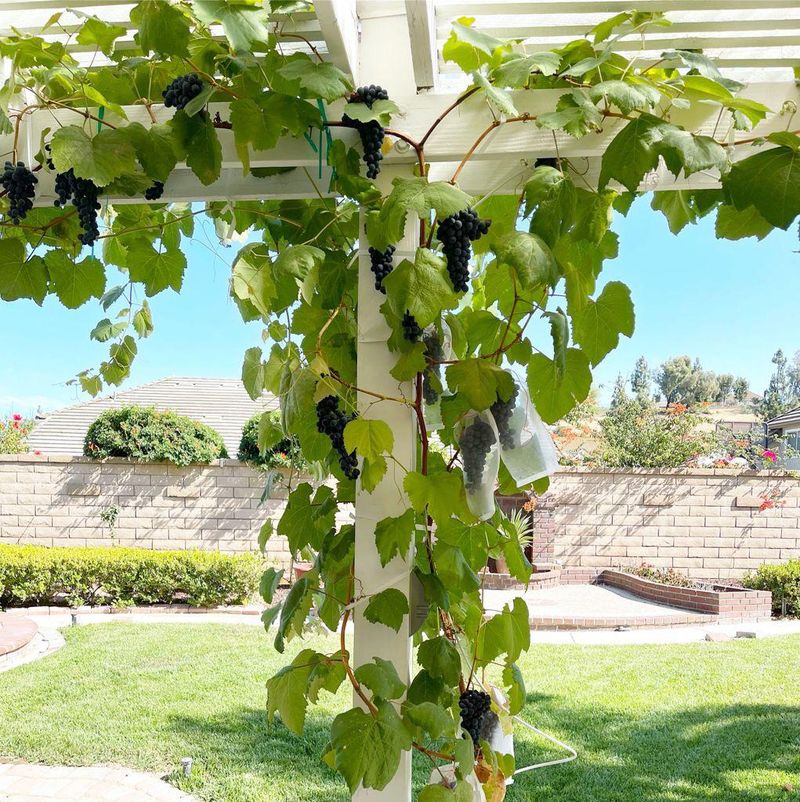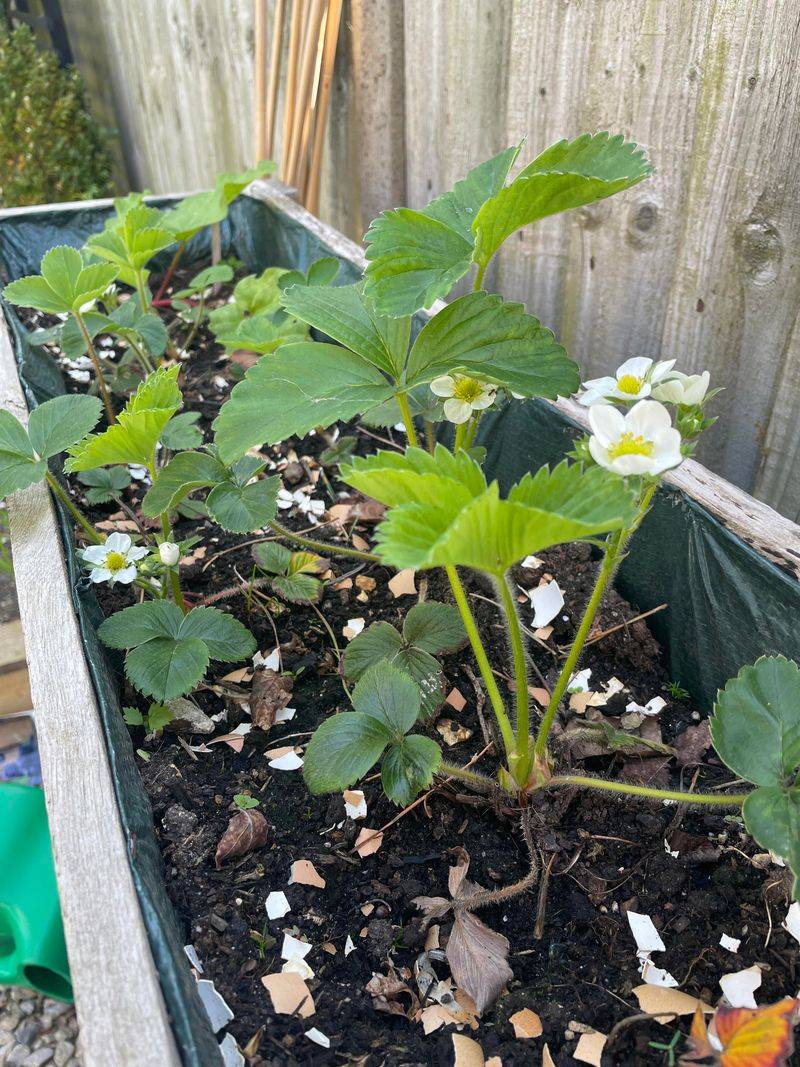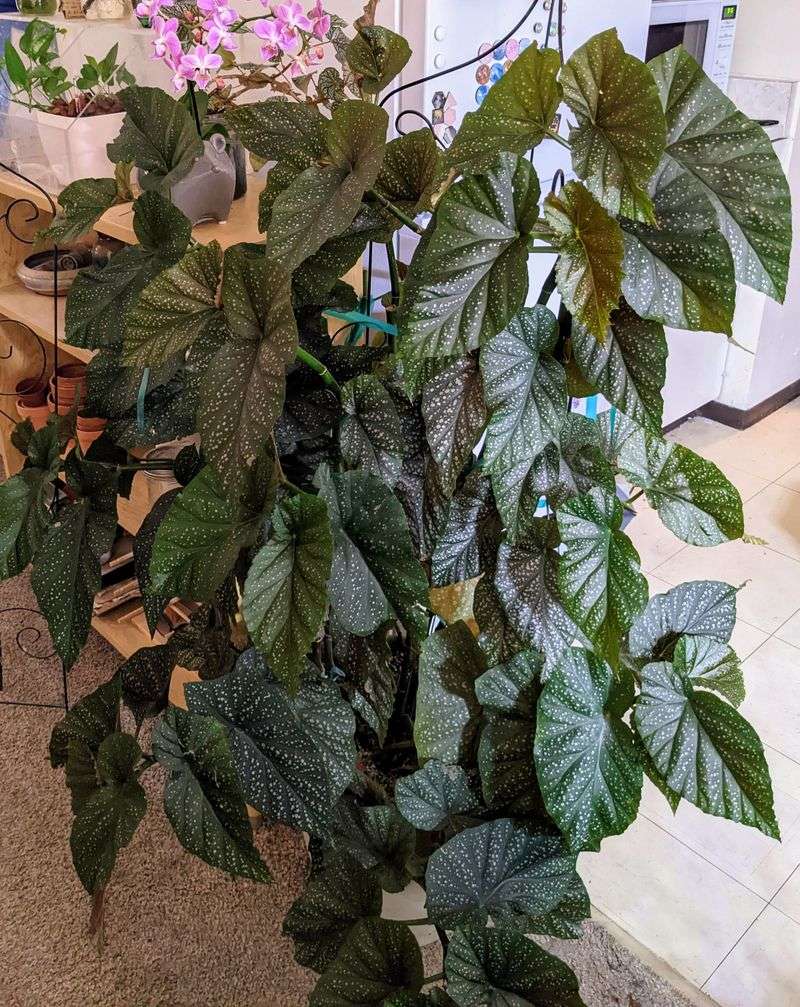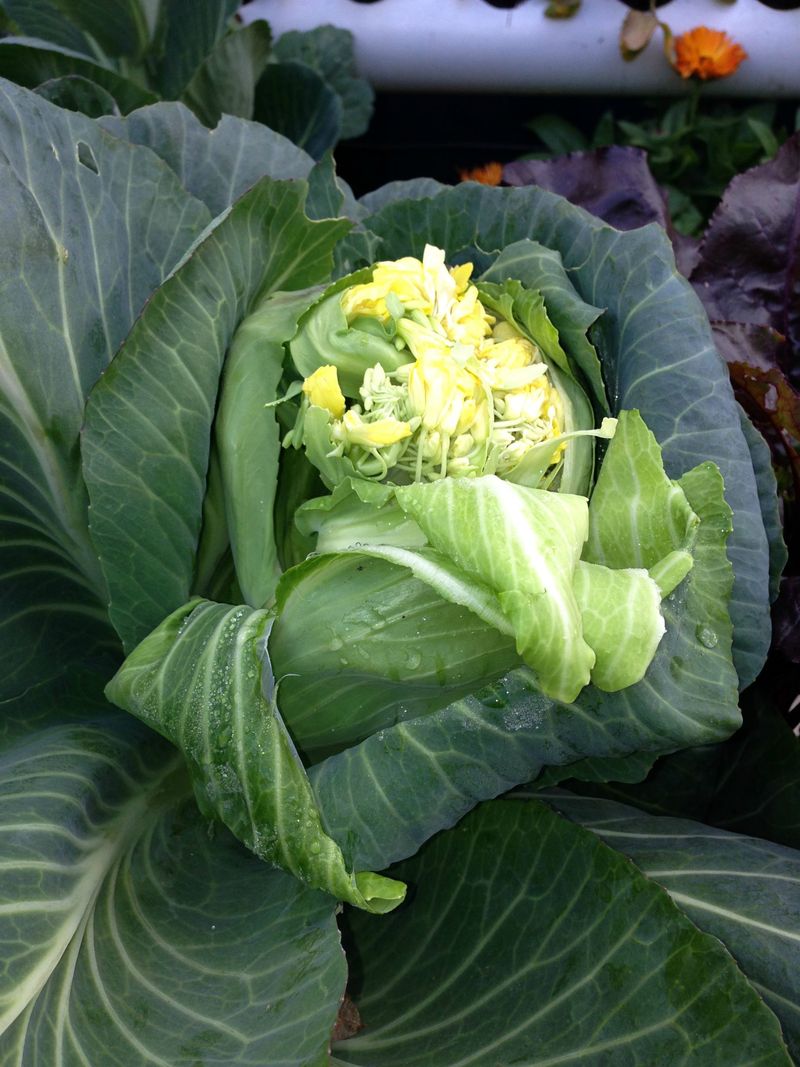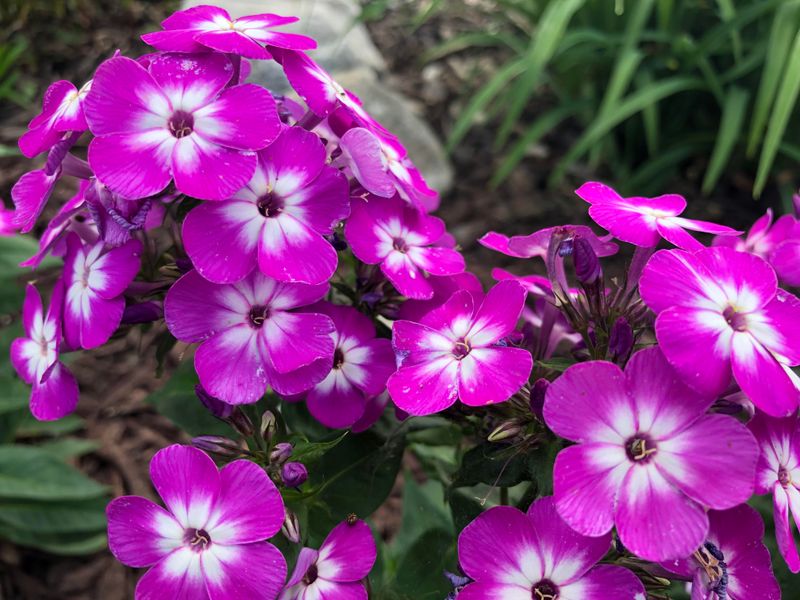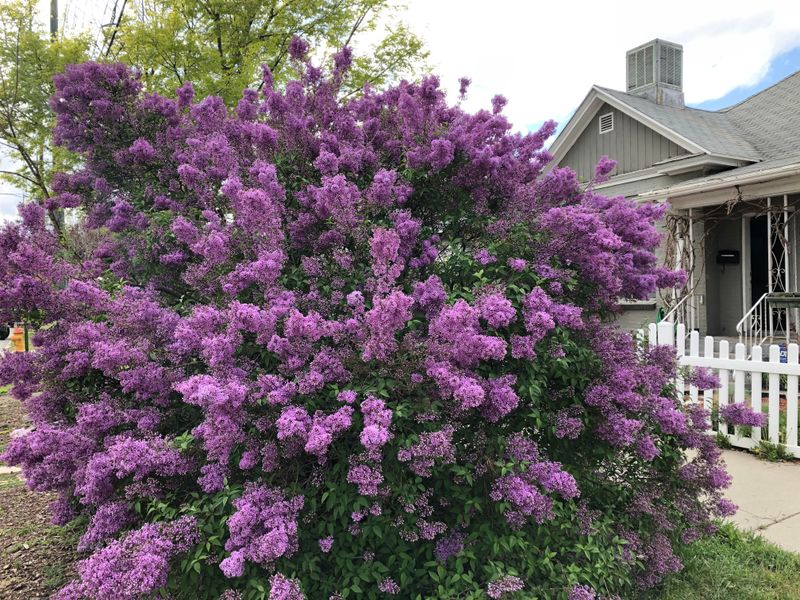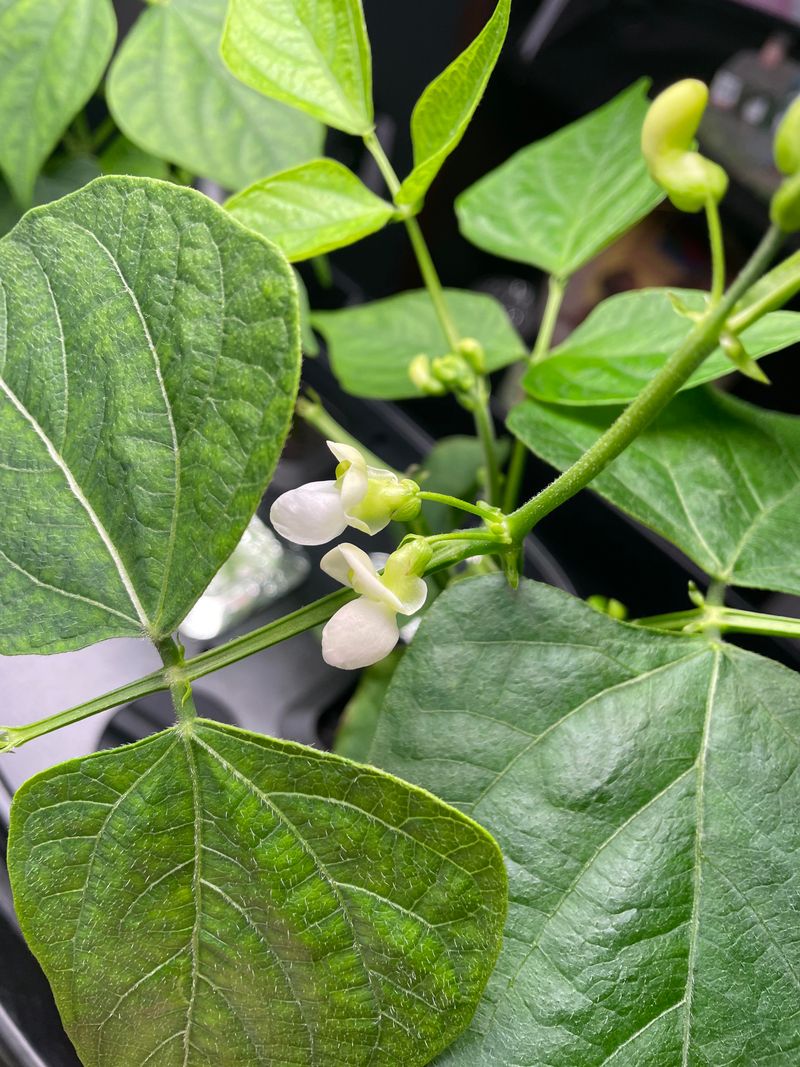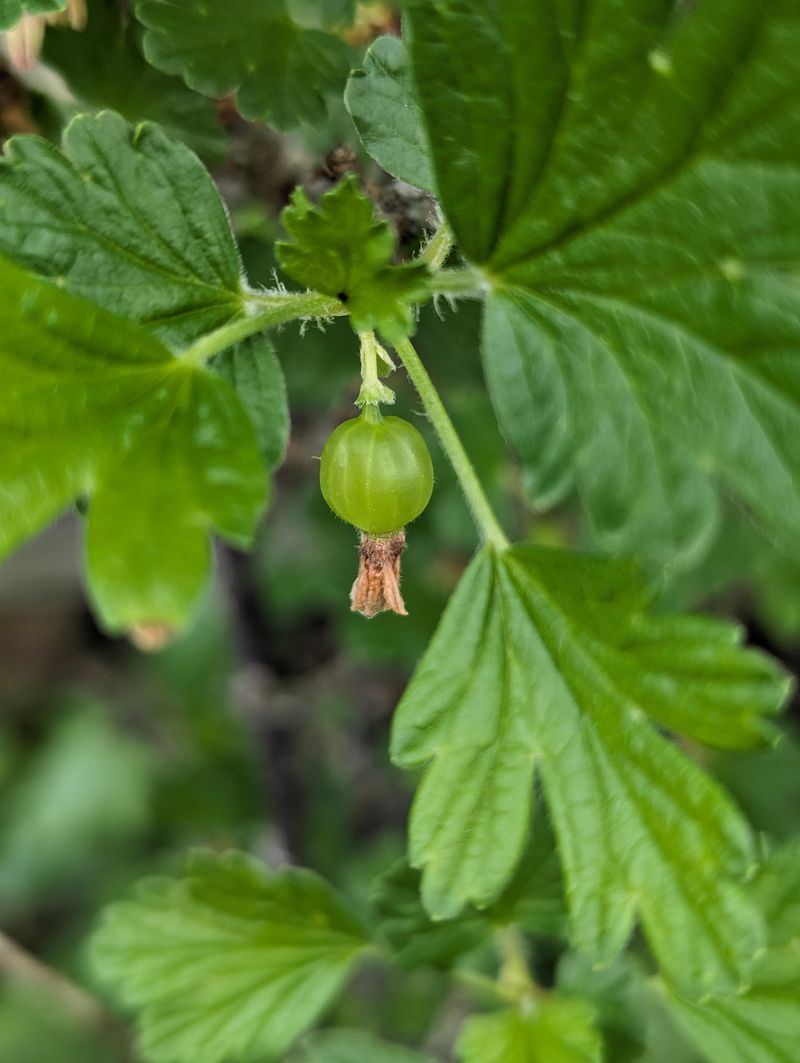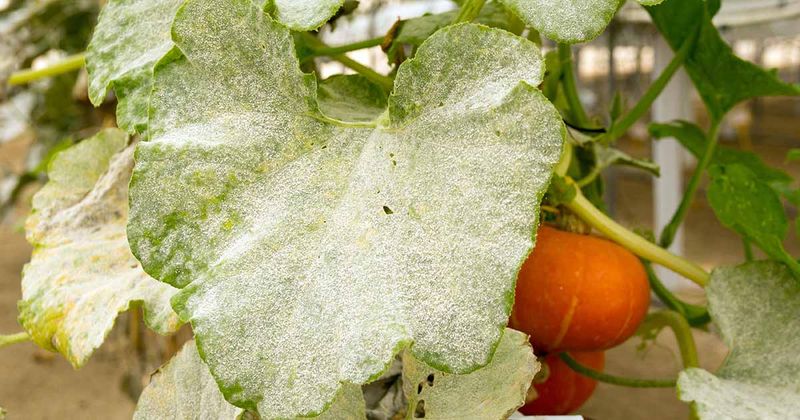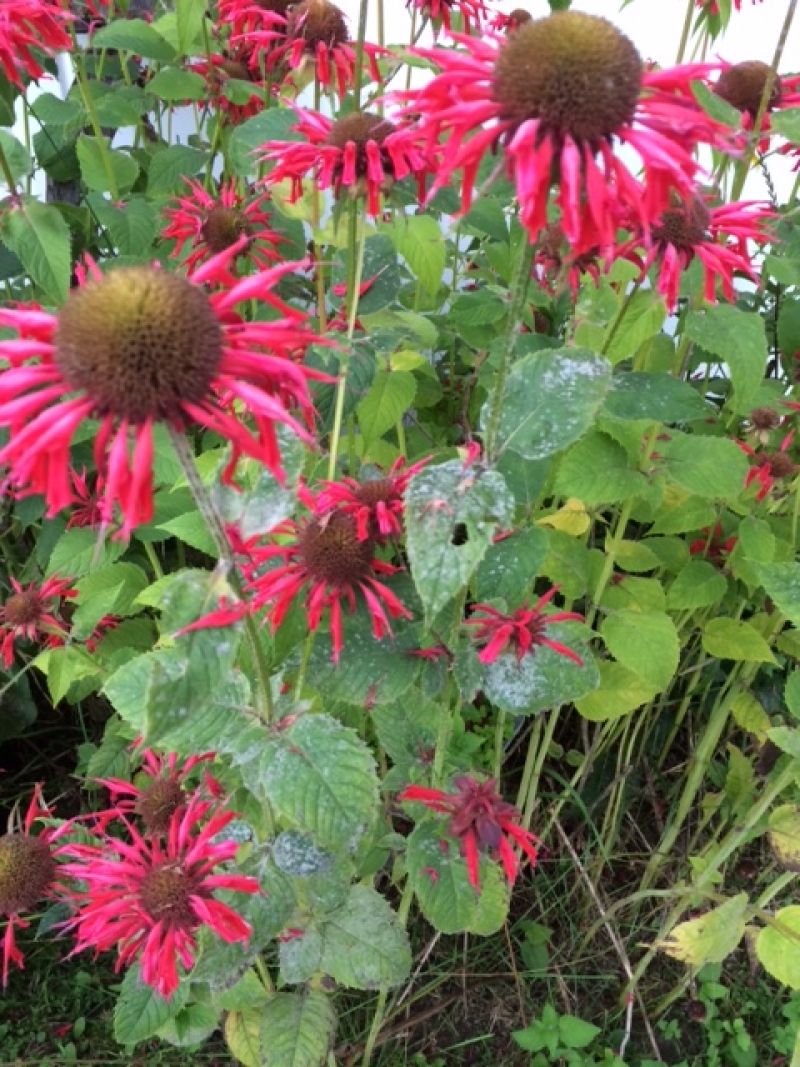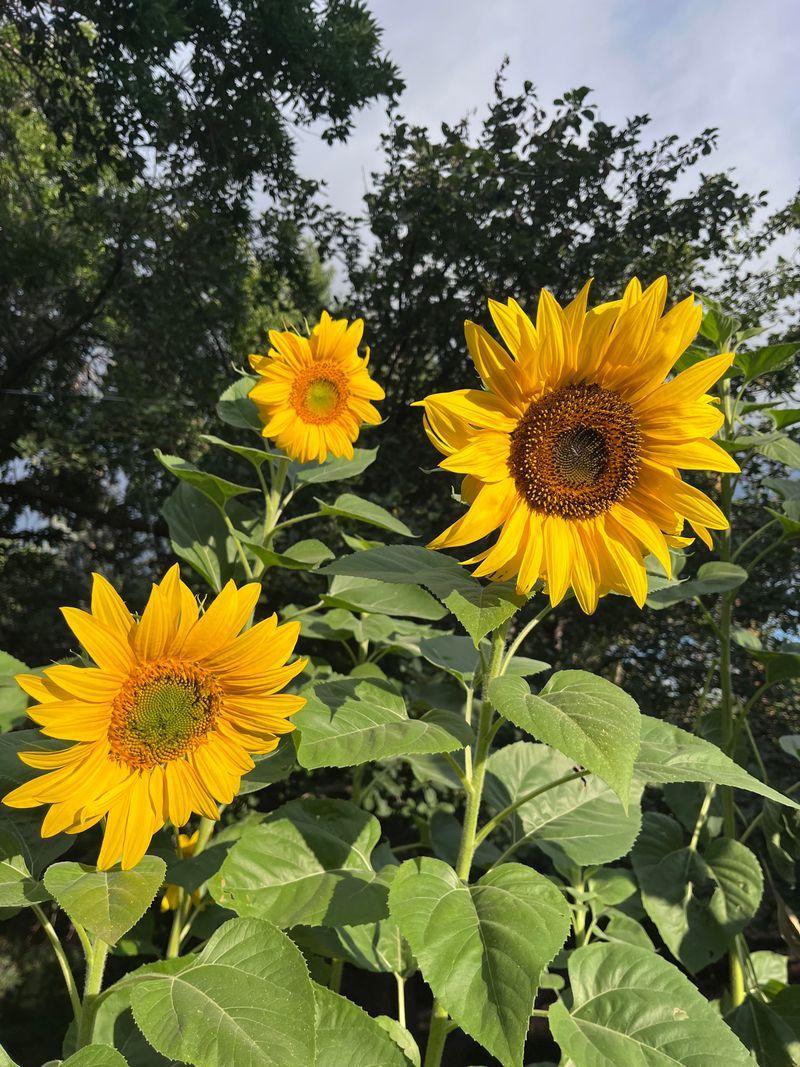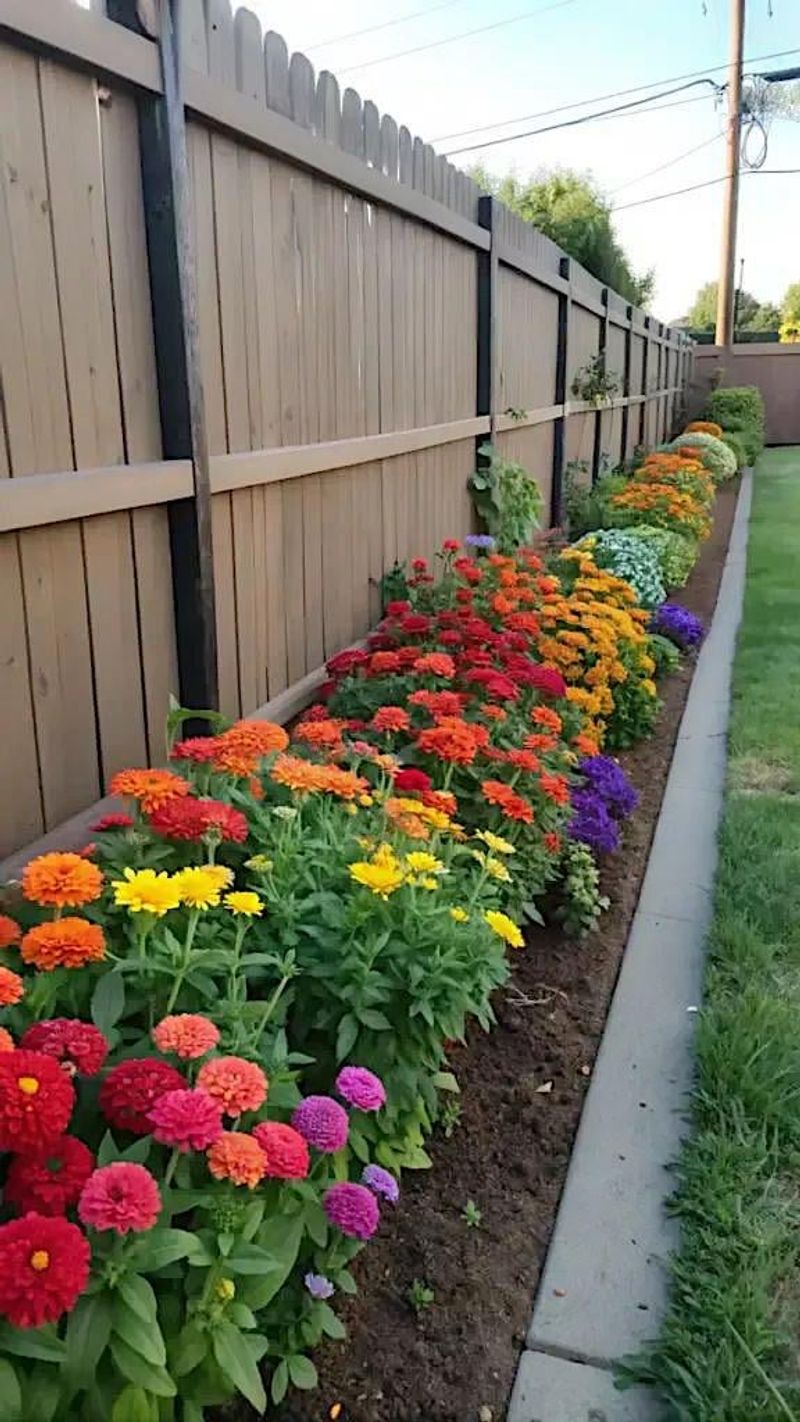Baking soda might live in your kitchen, but it’s got serious skills in the garden too. This unassuming powder can fight fungal diseases, tame pests, and even tweak soil pH when used the right way. It’s a natural fix for some of the most common garden issues.
Tomatoes, cucumbers, and roses are among the top plants that love a little baking soda TLC. Sprinkling a small amount around the base—or using a diluted spray—can help prevent powdery mildew and fungal spots before they get out of hand.
Just be gentle with your application: a tablespoon in a gallon of water works great for spraying. Overuse can throw off soil balance, so think “strategic sprinkle,” not garden-wide dusting. A little goes a long way toward greener, healthier growth.
1. Tomatoes
Adding a light dusting of baking soda around tomato plants helps prevent early blight and other fungal diseases. Mix 1 tablespoon with 1 gallon of water and spray on leaves weekly during humid weather.
The mild alkalinity helps create an environment that fungi struggle to thrive in. I’ve found this especially effective when applied in the morning so leaves can dry completely before evening.
For best results, focus on spraying the undersides of leaves where spores often begin. Just don’t overdo it – too much can harm beneficial soil microbes.
2. Roses
Roses frequently battle black spot and powdery mildew, especially in humid climates. A simple mixture of 1 teaspoon baking soda, 1 teaspoon mild dish soap, and 1 quart water creates an effective preventative spray.
Apply this solution every 7-10 days during growing season, making sure to coat both sides of leaves. The alkaline environment created makes it difficult for fungal spores to establish themselves.
Last summer, my struggling roses perked up noticeably after just three applications of this spray. Just avoid applying during hot, sunny days to prevent leaf burn.
3. Cucumbers
Powdery mildew loves cucumber plants, but a baking soda solution can keep it at bay. Mix 1 tablespoon baking soda with 1 gallon of water and add a few drops of vegetable oil to help it stick to leaves.
Spray both leaf surfaces every 10-14 days as a preventative measure. The slight pH change on leaf surfaces creates an environment where fungal spores struggle to germinate.
My cucumber harvest doubled last year after implementing this routine. Remember to apply early in the day so leaves dry completely before nightfall.
4. Zucchini
Zucchini plants are notorious for developing powdery mildew, especially in late summer. A mixture of 1 tablespoon baking soda, 1/2 teaspoon liquid soap, and 1 gallon water creates an effective preventative spray.
Apply weekly during periods of high humidity, focusing on complete leaf coverage. The alkaline spray disrupts the fungal development cycle before it can take hold.
For stubborn cases, I’ve found adding a tablespoon of horticultural oil to the mixture helps it adhere better. Just be sure to test on a few leaves first to ensure no burning occurs.
5. Peonies
Beautiful peonies often struggle with botrytis blight, appearing as gray mold on buds and stems. A light dusting of pure baking soda on the soil around plants helps prevent spores from splashing onto lower leaves.
For active prevention, mix 2 tablespoons baking soda with 1 gallon of water and spray plants every two weeks. The alkaline environment makes it harder for fungal issues to develop.
My grandmother taught me this trick years ago, and her peony bushes always produced stunning blooms well into their third decade. Apply in early spring as new growth emerges.
6. Squash
Squash plants benefit from baking soda’s antifungal properties, particularly against powdery mildew. Mix 1 tablespoon baking soda with 1 gallon of water and a teaspoon of horticultural oil for an effective preventative spray.
Apply every 7-10 days, making sure to coat the undersides of leaves where fungi often begin. The solution changes the leaf surface pH, making it inhospitable to fungal development.
After trying various remedies, this mixture saved my butternut squash last season when mildew began appearing. Apply during dry weather for best results.
7. Hydrangeas
Hydrangeas respond dramatically to soil pH changes, with more alkaline soil producing pinker blooms. Adding 1/4 cup baking soda around the plant’s drip line twice a month can gradually shift blue hydrangeas toward purple or pink.
Beyond color adjustment, baking soda helps prevent leaf spot diseases common to hydrangeas. A spray of 1 tablespoon baking soda to 1 gallon water applied every two weeks keeps foliage healthy.
The transformation isn’t immediate – it took about a season before my blue hydrangeas showed noticeable color changes. Be patient and consistent with applications.
8. Grapes
Grape vines frequently battle powdery mildew and black rot. A solution of 2 tablespoons baking soda, 1 tablespoon vegetable oil, and 1 gallon water creates an effective preventative spray that disrupts fungal development.
Apply every 10-14 days throughout the growing season, focusing on thorough coverage of leaves and developing fruit clusters. The combination changes the pH on plant surfaces, creating conditions unfavorable to fungi.
My backyard vineyard stayed remarkably disease-free last season using this method. Apply in early morning so foliage can dry completely before evening.
9. Strawberries
Strawberry plants often develop fungal issues like gray mold or leaf spot. A light dusting of baking soda around plants (not on leaves) helps create soil conditions less favorable to fungal development.
For active protection, mix 1 teaspoon baking soda with 1 quart water and spray plants every 10 days. The slight pH change makes it harder for fungi to establish themselves on leaf surfaces.
I’ve noticed fewer rotting berries since implementing this routine in my patch. Apply in the morning and avoid spraying flowers directly to protect pollinating insects.
10. Begonias
Begonias thrive in slightly acidic soil but often battle powdery mildew on their leaves. A gentle spray of 1 tablespoon baking soda mixed with 1 gallon water and a few drops of dish soap helps prevent this common problem.
Apply every two weeks during growing season, being careful not to saturate the soil with runoff. The alkaline spray creates a surface environment where fungal spores struggle to germinate.
My container begonias stayed pristine all season with this treatment. For potted begonias, I use a small spray bottle to precisely target just the foliage.
11. Cabbages
Cabbage plants benefit from baking soda in two ways: deterring certain pests and preventing clubroot disease. Sprinkle a light dusting around plant bases (not directly on leaves) once every three weeks.
The alkaline environment created in the soil helps neutralize the acidic conditions that clubroot thrives in. Some gardeners report reduced cabbage worm activity as an added benefit.
After years of clubroot problems, my fall cabbage crop showed remarkable improvement with this simple addition. Just avoid heavy applications that might dramatically alter soil pH.
12. Phlox
Tall garden phlox frequently struggles with powdery mildew that can quickly spread through plantings. A preventative spray of 1 tablespoon baking soda, 1/2 teaspoon liquid soap, and 1 gallon water works wonders when applied weekly.
Focus on thorough coverage of both upper and lower leaf surfaces. The alkaline spray disrupts the fungal life cycle before white patches can develop and spread.
My phlox stayed clean all summer using this method, even during humid August weeks. Apply early in the day so leaves dry completely before evening dew forms.
13. Lilacs
Lilac bushes occasionally develop powdery mildew, especially in late summer. A solution of 1 tablespoon baking soda, 1 tablespoon horticultural oil, and 1 gallon water creates an effective preventative spray when applied every 10-14 days.
The baking soda changes leaf surface pH while the oil helps it adhere better. Focus application on younger leaves which are more susceptible to infection.
My century-old lilac responded beautifully to this treatment after years of late-season mildew issues. Spray in morning hours to allow complete drying before nightfall.
14. Beans
Bean plants often battle rust and powdery mildew, especially in humid conditions. A spray of 1 tablespoon baking soda, 1 teaspoon mild liquid soap, and 1 gallon water provides effective prevention when applied weekly.
The solution works by changing the pH on leaf surfaces, creating conditions where fungal spores struggle to germinate. Complete coverage of both leaf surfaces is essential for best results.
My green bean harvest improved dramatically after implementing this spray regimen. Apply early in the day so foliage can dry completely before evening.
15. Gooseberries
Gooseberry bushes frequently develop powdery mildew that can reduce fruit quality. A solution of 1½ teaspoons baking soda and 1 gallon water, applied every 10-14 days, provides effective prevention during the growing season.
The alkaline spray disrupts the fungal lifecycle before it can establish on leaves. For better adhesion, add a few drops of horticultural oil to the mixture.
My grandmother’s old gooseberry patch thrived with this simple treatment after years of mildew problems. Apply in the morning when beneficial insects are less active.
16. Pumpkins
Pumpkin vines are highly susceptible to powdery mildew that can reduce yield significantly. A preventative spray of 1 tablespoon baking soda, 1 teaspoon vegetable oil, and 1 gallon water applied weekly helps keep vines healthy.
The solution works by altering leaf surface pH to create conditions unfavorable for fungal development. Focus on complete coverage of leaf surfaces, especially as vines begin to spread.
After losing half my crop two years ago, this treatment helped me harvest every pumpkin last fall. Apply early in the day so leaves dry completely before evening.
17. Monarda
Bee balm (Monarda) often develops powdery mildew in mid to late summer. A preventative solution of 1 tablespoon baking soda, 1 teaspoon mild dish soap, and 1 gallon water applied every 7-10 days helps maintain healthy foliage.
The spray works by creating an alkaline environment on leaf surfaces where fungi struggle to establish. Complete coverage of both upper and lower leaf surfaces is essential.
My pollinator garden stayed much more attractive through August using this method. Apply early in the day to avoid spraying beneficial insects visiting the flowers.
18. Sunflowers
Sunflowers occasionally develop fungal issues like powdery mildew or leaf spot. A solution of 1 tablespoon baking soda, 1 teaspoon horticultural oil, and 1 gallon water provides effective prevention when applied every two weeks.
The spray creates an environment on leaf surfaces where fungal spores cannot easily germinate. Focus application on the lower leaves first, as many infections begin there and move upward.
My sunflower border maintained healthier foliage throughout the season with this simple treatment. Apply in the morning so leaves can dry completely before evening.
19. Zinnias
Zinnias frequently battle powdery mildew that can quickly spread through plantings. A preventative spray of 1 tablespoon baking soda, 1 teaspoon mild soap, and 1 gallon water applied weekly helps maintain healthy, flowering plants.
The solution alters leaf surface pH, creating conditions where fungal spores struggle to establish. Thorough coverage of both leaf surfaces is essential for effectiveness.
My cutting garden produced armloads of clean zinnias all summer using this method. Apply early in the day so foliage can dry completely before evening dew forms.

